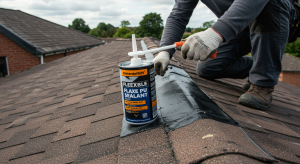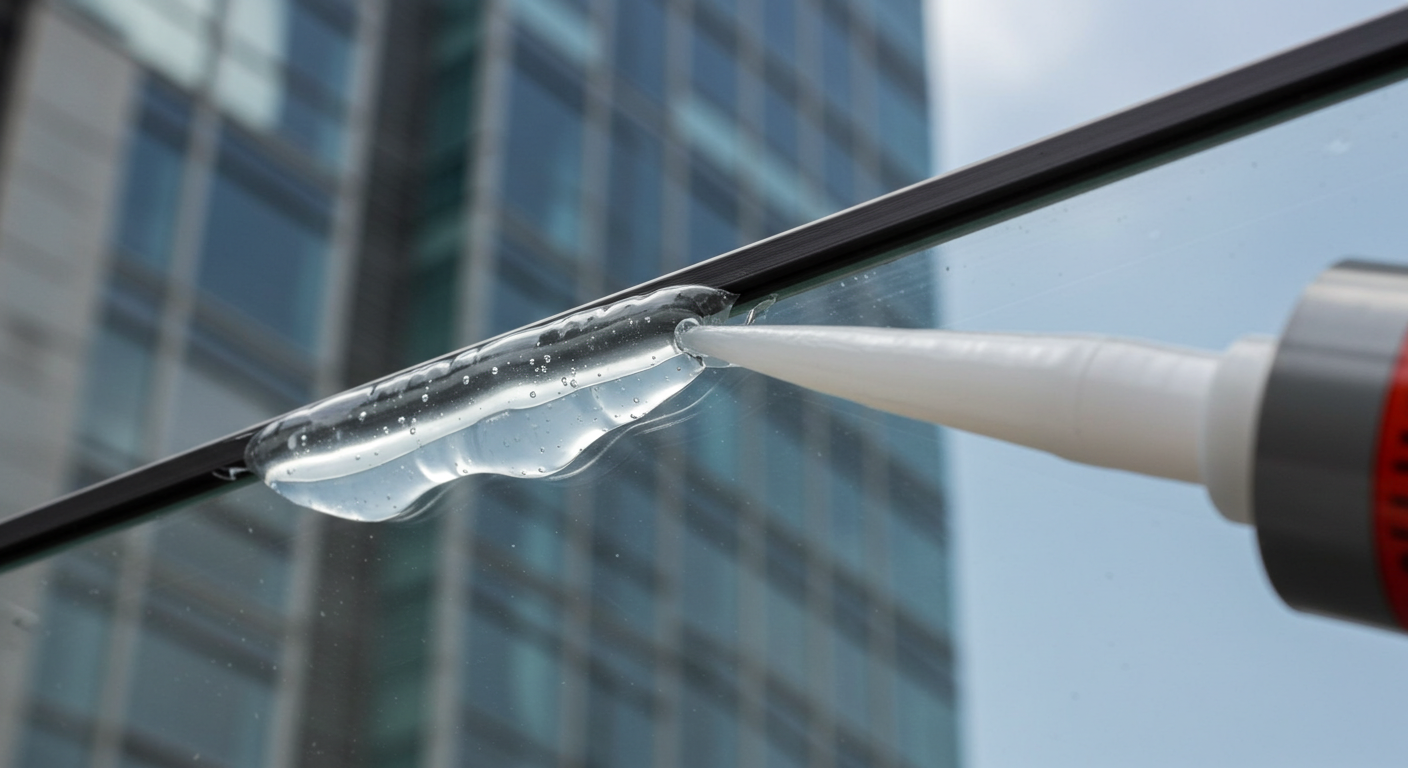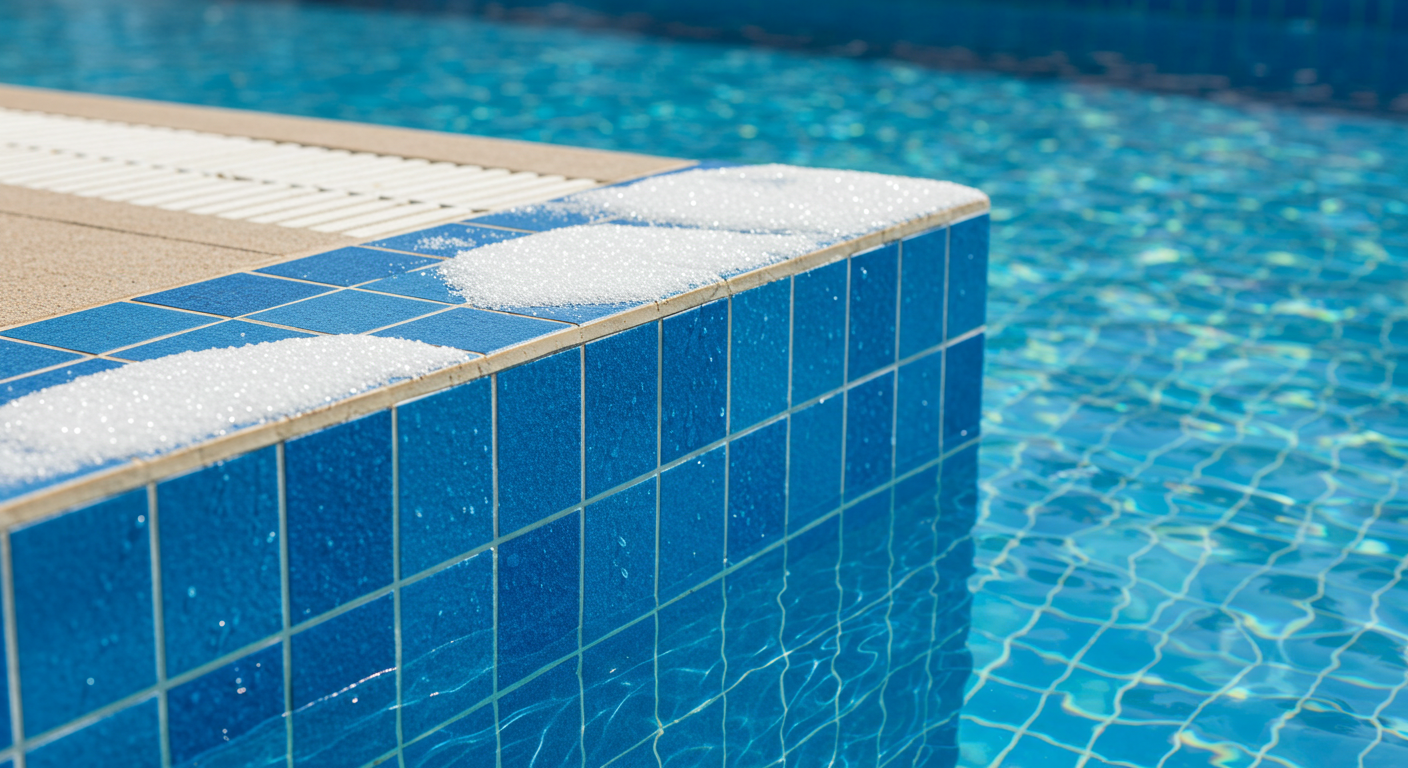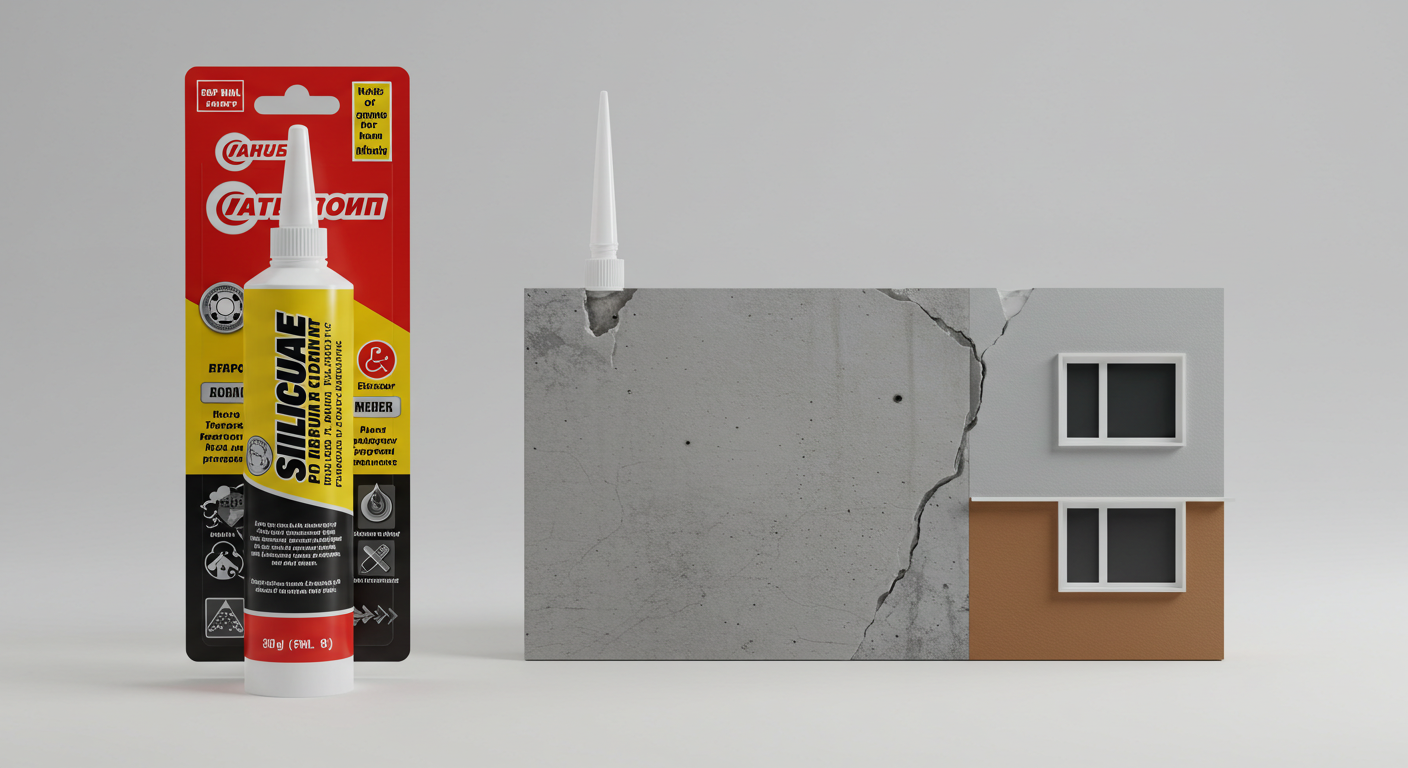Flexible PU Sealant for Roofing Applications: The Ultimate Guide
2025-02-01

Introduction: The Role of Flexible PU Sealants in Roofing
When you think about the roofing system on your home or a commercial building, it’s easy to assume that the materials doing all the work are the shingles or metal panels. But beneath the visible surface, sealants play an essential role in keeping roofs watertight, resilient, and long-lasting. Without a proper sealant, you could be dealing with leaks, energy inefficiency, and even structural damage.
Among the most reliable options available today is the flexible polyurethane (PU) sealant. Known for its elasticity and durability, PU sealants are widely used in construction, particularly for roofing applications. This guide will walk you through everything you need to know—what makes flexible PU sealants unique, where to use them, how they compare to alternatives, and tips for getting the most out of your investment.
What Is a Flexible PU Sealant?
Flexible polyurethane sealants are elastomeric adhesives that cure through exposure to moisture, creating a strong but flexible bond. Their defining characteristic is their ability to stretch and contract without breaking, which is why they’re ideal for areas that experience movement or extreme weather conditions.
Key Properties of Flexible PU Sealants:
- Elasticity: Accommodates expansion and contraction without cracking, making them ideal for roofs that shift due to wind and temperature changes.
- Waterproofing: Forms a long-lasting watertight barrier to protect against leaks and water damage.
- Adhesion: Bonds well to a variety of surfaces like concrete, metal, wood, and roofing membranes, ensuring a secure seal.
- Durability: Resists UV exposure, chemicals, and general wear over time, making them a reliable solution for both residential and commercial projects.
These features make them a favorite for contractors, architects, and DIYers when tackling roofing challenges, offering peace of mind even in the most extreme conditions.
Why Are Flexible PU Sealants Perfect for Roofing Applications?
Roofing is one of the most demanding areas of construction due to constant exposure to the elements—rain, wind, sun, and even snow. A reliable sealant can prevent damage, extend the lifespan of the roof, and improve the overall efficiency of the building.
Benefits of Using PU Sealants on Roofs:
- Waterproofing: Flexible PU sealants create a robust watertight barrier, effectively preventing leaks that could lead to costly repairs or mold growth.
- UV Resistance: Unlike some sealants that degrade with prolonged sun exposure, PU sealants maintain their structural integrity, even in harsh sunlight.
- Movement Accommodation: Roofs naturally expand and contract with temperature fluctuations. PU sealants can stretch and flex with these movements, preventing cracks or breaks that would otherwise compromise the structure.
- Longevity: With proper application, PU sealants can last for decades without requiring frequent touch-ups or replacements.
- Versatility: They work on various roofing materials, from asphalt shingles to metal panels and EPDM membranes. Their versatility makes them a go-to option for contractors handling diverse roofing projects.
Additionally, PU sealants provide excellent noise reduction, helping to absorb sound from rain or wind—a bonus feature for homeowners who prioritize comfort.
Common Applications of PU Sealants in Roofing
PU sealants aren’t just for sealing obvious cracks or leaks. They have several practical applications on roofs:
Sealing Roof Joints
Roof joints, including seams and overlaps, are highly susceptible to water infiltration. Applying PU sealant ensures these weak points are sealed, preventing moisture from entering the building and causing damage to underlying materials.
Example: In large commercial buildings, expansion joints require flexible solutions to handle frequent movement. PU sealants ensure these joints remain sealed without cracking.
Repairing Cracks and Leaks
Minor damage such as hairline cracks or small leaks can be easily fixed using a PU sealant. Since it bonds well to various surfaces, it’s ideal for patching problem areas without the need to replace entire sections of the roof.
Tip: Inspect your roof regularly for signs of wear, as catching minor cracks early can prevent costly repairs.
Flashing and Roof Penetrations
Flashing, chimneys, skylights, and vent pipes are common areas where water can seep through if not properly sealed. Flexible PU sealants provide a watertight barrier around these penetrations, protecting your roof from long-term damage.
Case Study: A homeowner sealed the flashing around a rooftop HVAC system using PU sealant, preventing water infiltration that had previously caused leaks into the attic.
Sealing Gutters and Downspouts
Sealing joints in gutters and downspouts ensures that rainwater flows efficiently without leaks or pooling, which can damage both the roof and foundation over time. Properly sealed gutters also prevent ice dams during winter.
Green Roof Installations
PU sealants are often used in the installation of green roofs, where they help seal and protect the waterproof membrane beneath the vegetation. This prevents root infiltration and ensures proper drainage.
Comparison Table: PU Sealants vs. Silicone and Acrylic Sealants
Choosing the right sealant involves understanding how it stacks up against alternatives. Here’s a quick comparison:
| Feature | PU Sealant | Silicone Sealant | Acrylic Sealant |
|---|---|---|---|
| Elasticity | High | Very High | Low |
| Durability | Long-lasting | Long-lasting | Short to medium lifespan |
| Water Resistance | Excellent | Excellent | Poor |
| UV Resistance | Good | Excellent | Poor |
| Adhesion | Excellent (multiple surfaces) | Moderate (limited surfaces) | Moderate |
| Curing Time | Moderate (24-48 hours) | Fast (typically within 24 hours) | Fast (1-2 hours) |
| Best Use Case | Roofing, structural joints | Flat roofs, high UV areas | Interior, low-stress applications |
Key Takeaway:
- PU sealants are ideal for projects requiring durability, flexibility, and long-term water resistance.
- Silicone sealants may be preferred for highly UV-exposed areas, such as flat roofs or coastal buildings.
- Acrylic sealants are best suited for interior or non-load-bearing applications.
Benefits of Flexible PU Sealants Over Time
Long-Term Protection
Flexible PU sealants are designed to withstand extreme environmental conditions, from torrential rain and heavy snow to intense heat. They maintain their waterproofing capabilities for years, minimizing the need for frequent maintenance and repairs.
Real-World Example: A commercial warehouse used PU sealants on their metal roof seams, protecting the structure from leaks for over 10 years without significant degradation.
Energy Efficiency
Sealing gaps and cracks on a roof helps improve energy efficiency by preventing air leaks. This means your home stays warmer in winter and cooler in summer, reducing heating and cooling costs.
Tip: Combine PU sealants with proper insulation to further enhance energy savings.
Cost Savings
Although PU sealants may have a slightly higher initial cost than some alternatives, their long-lasting nature translates into fewer repairs and replacements over time. This reduces overall expenses related to roof maintenance.
Enhanced Structural Integrity
By preventing water infiltration, PU sealants protect the structural components of the roof and building. Moisture can cause wood rot, mold, and deterioration of insulation, but a strong sealant acts as the first line of defense.
Benefit: This extends the life of not only the roof but also the supporting beams, walls, and insulation.
Tips for Proper Application of PU Sealants on Roofs
Applying PU sealant isn’t overly complicated, but following these tips will ensure you get the most out of your sealant:
- Clean the Surface: Dirt, dust, and debris can interfere with adhesion. Clean the area thoroughly before applying the sealant.
- Apply in the Right Conditions: Avoid applying sealant in extremely wet or cold weather. Optimal temperatures are typically between 40°F and 95°F.
- Use a Primer if Necessary: For certain surfaces, a primer may improve adhesion. Check the manufacturer’s recommendations.
- Apply an Even Bead: Use a caulking gun to apply the sealant in a consistent, even bead along the joint or crack.
- Tool the Sealant: Smooth the sealant with a caulking tool or your finger (wear gloves) to ensure proper coverage and adhesion.
- Allow Proper Curing: PU sealants generally cure within 24-48 hours, but it’s best to follow the product instructions.
Common Myths About PU Sealants
Myth 1: “PU Sealants Don’t Last as Long as Silicone.”
Reality: While silicone sealants excel in UV resistance, PU sealants are equally durable and provide better adhesion to a broader range of surfaces. Their longevity often depends on proper application and environmental factors.
Myth 2: “PU Sealants Are Difficult to Apply.”
Reality: PU sealants are easy to apply with a standard caulking gun. With proper preparation and technique, even DIYers can achieve professional-looking results.
Myth 3: “PU Sealants Can’t Be Used in Wet Conditions.”
Reality: Although it’s best to apply them on dry surfaces, some PU sealants are designed to cure in damp conditions. Always check the manufacturer’s specifications.
Key Considerations When Choosing a PU Sealant
- Roofing Material Compatibility: Ensure the sealant is suitable for the specific roofing materials you’re working with.
- Movement Expectations: If the roof is prone to significant expansion and contraction, opt for a highly elastic PU sealant.
- UV Exposure: For areas with constant sun exposure, consider a UV-resistant formulation.
- Curing Time: Factor in how quickly you need the area to be operational.
- Climate Conditions: Consider local weather patterns to select a product that will withstand extreme conditions.
Final Thoughts: Is a Flexible PU Sealant Right for Your Roof?
When it comes to roofing applications, a flexible PU sealant is hard to beat. Its combination of flexibility, durability, and water resistance makes it an excellent choice for long-term protection. Whether you’re sealing flashing, repairing leaks, or protecting roof joints, PU sealants provide peace of mind by keeping water out and extending the life of your roof.
Takeaway: A small investment in PU sealants can prevent major headaches, offering both immediate protection and long-term savings. Don’t wait for leaks to appear—be proactive with your roof maintenance.
So, the next time you’re inspecting your roof or planning maintenance, consider reaching for a PU sealant. A well-sealed roof not only prevents damage but also boosts energy efficiency and reduces long-term costs.




